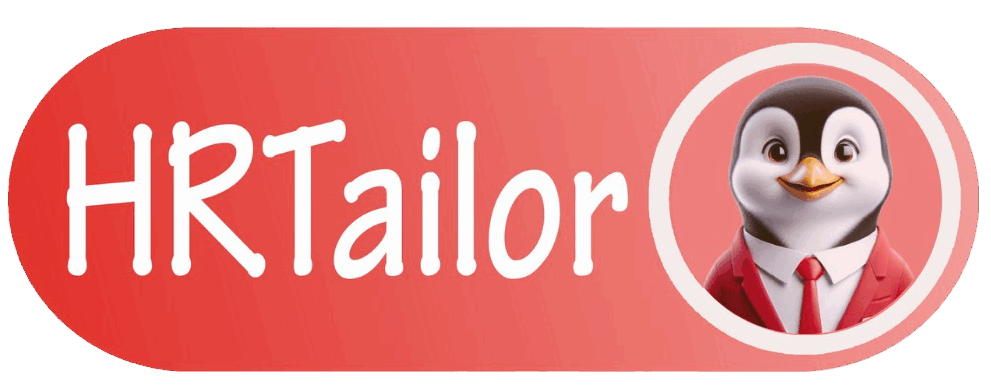
Why Outgoing CEOs Should Consider Appointing Strong Heads of Departments
When a CEO exits, it’s not just the top seat that changes. The ripple reaches every corner of the organization—from boardrooms to breakout areas. And while companies often focus on who’s stepping into the CEO role, there’s one group that quietly determines how smooth the shift will be: the Heads of Departments (HODs).
Because let’s be honest—not every team will instantly warm up to the new CEO. Personal leadership styles vary. Visions evolve. But strong HODs ensure that, even if there’s initial uncertainty, day-to-day operations and employee morale remain intact. So, why exactly do these department leaders become the bridge during this critical moment?
Employees Don’t Need to Like the New CEO—They Need Stability
Transitions can spark anxiety, especially when teams are unsure about new leadership. Some employees may embrace change. Others may resist it. But in both cases, they still need someone familiar to guide them, someone who understands their work, their history, and their rhythm.
That’s where strong HODs come in. These leaders act as stable points of contact, absorbing top-level changes while maintaining a sense of normalcy for their teams. Rather than having staff directly adjust to unfamiliar leadership, they continue reporting to someone they know, trust, and respect.
Heads of Departments Preserve Team Focus
Without this layer of leadership, employees often get pulled into strategy shifts too soon. They begin to overthink changes, second-guess direction, and even question their job security. But with competent HODs in place, communication remains clear, consistent, and reassuring.
This allows teams to focus on execution, while department heads translate new CEO visions into practical, digestible guidance—at the right pace and with the right tone.
Not Every New CEO Has the Time to Build Relationships Immediately
New leadership often enters with an agenda, but limited context. Developing trust with each team takes time. However, when department heads are strong and respected, they act as intermediaries who maintain momentum, even while the CEO is still learning the culture and dynamics. They don’t just manage—they shield teams from leadership turbulence until the new executive is fully integrated.
HODs Carry Institutional Knowledge
From unspoken team dynamics to project histories, department heads understand what makes their functions tick. That knowledge can’t be downloaded in a handover. Without them, companies risk losing critical insights or making changes that disrupt systems that were already working.
A strong HOD doesn’t resist new leadership. Instead, they contextualize it for their teams, ensuring transitions feel more like evolution than upheaval.
Strategic Transitions Begin with Operational Readiness
Putting the right people in the right leadership roles isn’t just a board-level exercise. It’s an HR priority, too. Before any CEO exit, companies should:
Evaluate department leadership strength
Fill any capability gaps
Re-align reporting structures
Clarify responsibilities internally
This reduces dependency on the CEO alone and helps teams function with autonomy, regardless of who’s steering the ship at the top.
Support Behind the Scenes Matters
Beyond titles and org charts, it’s HR processes that hold everything together. When transitions happen, documentation, policy enforcement, role clarity, and compliance all need to be airtight. Otherwise, uncertainty seeps into the system. That’s why many businesses seek operational HR support during this phase—to make sure nothing slips through the cracks while eyes are on the corner office.
Quiet Leadership Makes Loud Impact
At times of change, it’s the quieter leaders who matter most. Heads of Departments offer continuity, culture stability, and communication consistency—even when everything else is shifting. With them in place, employees don’t need to rely entirely on a new CEO they barely know. They can continue doing their best work, with guidance they trust and direction that still feels familiar.
Smooth Transitions Need Strong Foundations
While CEO transitions draw headlines, it’s the health of your middle leadership that determines whether your business weathers the change or wobbles through it. When HODs are strong, trusted, and aligned, teams stay engaged, productivity stays high, and the new CEO has the breathing room to lead effectively.
Where Structural HR Systems Make the Difference
The right support structure helps businesses stay ready for leadership changes without scrambling. That’s why organizations often rely on trusted partners to optimize documentation workflows, align reporting paths, and reinforce HR operations during transition phases.
Services like those offered by HRTailor help ensure that even when top-level roles shift, the engine underneath keeps running smoothly—minimizing disruption and keeping teams aligned.
Because smooth handovers don’t just happen at the top—they’re built at every level.

